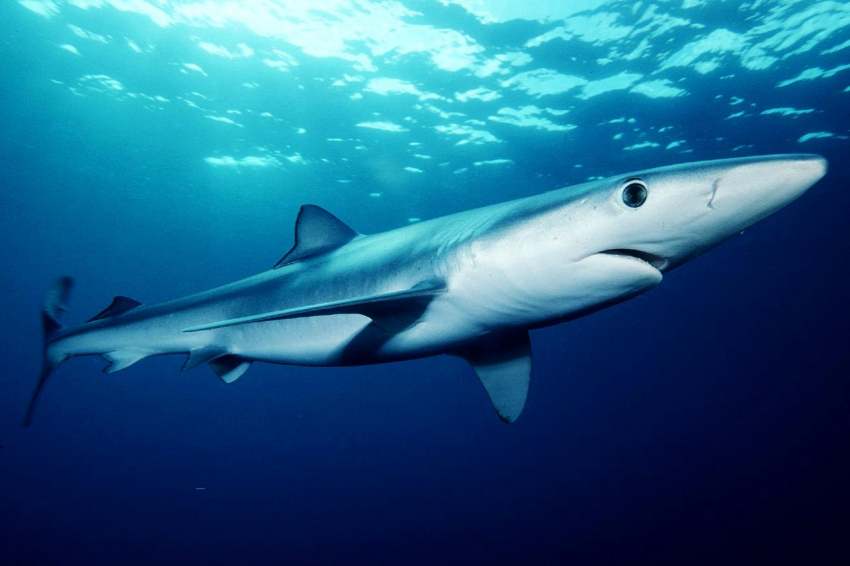Are Gran Canaria sharks really harmless?
To be 100% honest, there was one small shark bite on the east coast of Gran Canaria back in 2015. A small shark nipped a woman swimming in deep water at Arinaga. Experts say it was fish-eating species attracted by the nearby fish farm and probably got confused in the murky water.
That's it, that's the only shark bite ever recorded in Gran Canaria. Don't believe us? Here's the shark attack data from Spain to prove it.
When you think about how many people swim in Gran Canaria every single day of the year, you realize that you really don't need to worry about sharks in Gran Canaria.
Most people who visit the island's beaches won't even see one and even divers count themselves lucky when they encounter a shark or big ray.
That said, the waters around Gran Canaria and the Canary Islands are a vital sanctuary for a number of shark and ray species that are endangered by overfishing.
For example, Gran Canaria is one of the few places in the world with a healthy population of harmless angel sharks. Several other threatened oceanic species, such as the hammerhead and blue shark, come to the Canary Islands to breed. Others, like the blanket ray, live around the island all-year-round.
The sharks of Gran Canaria
Whale Shark (Rhincodon typus)
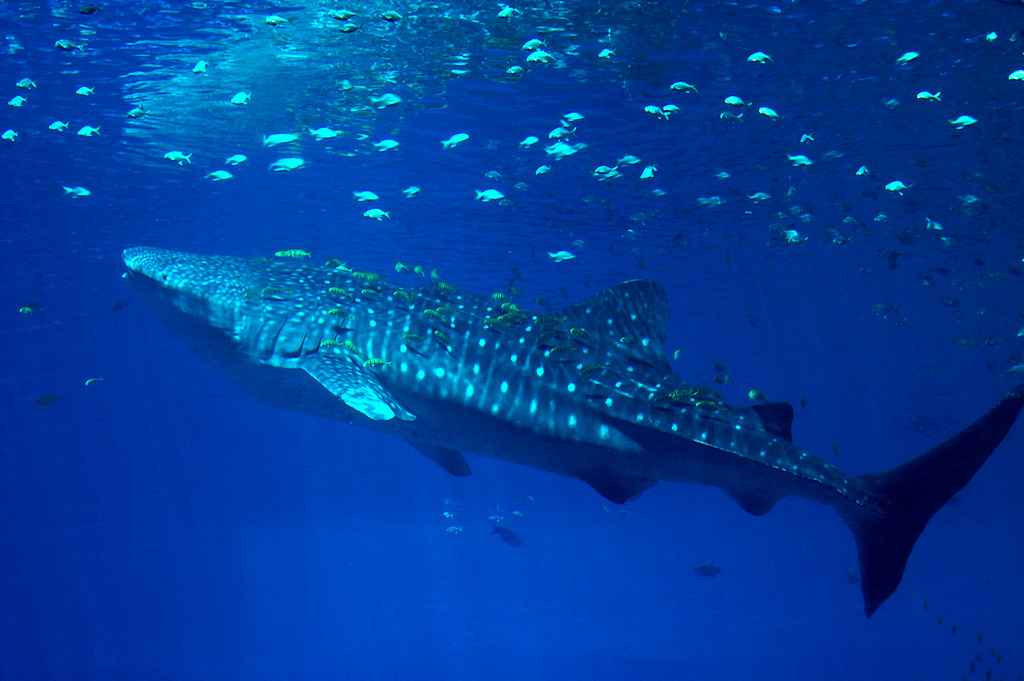
Whale sharks, the world's biggest fish, are occasional visitors to Gran Canaria and local divers get all excited when one is spotted. They feed on plankton and are completely harmless unless you get too close to their tails.
If there's a whale shark around Gran Canaria, every diver on the island will know about it. They are known locally as 'Ños Cacho Pez'.
Basking Shark (Cetorhinus maximus)
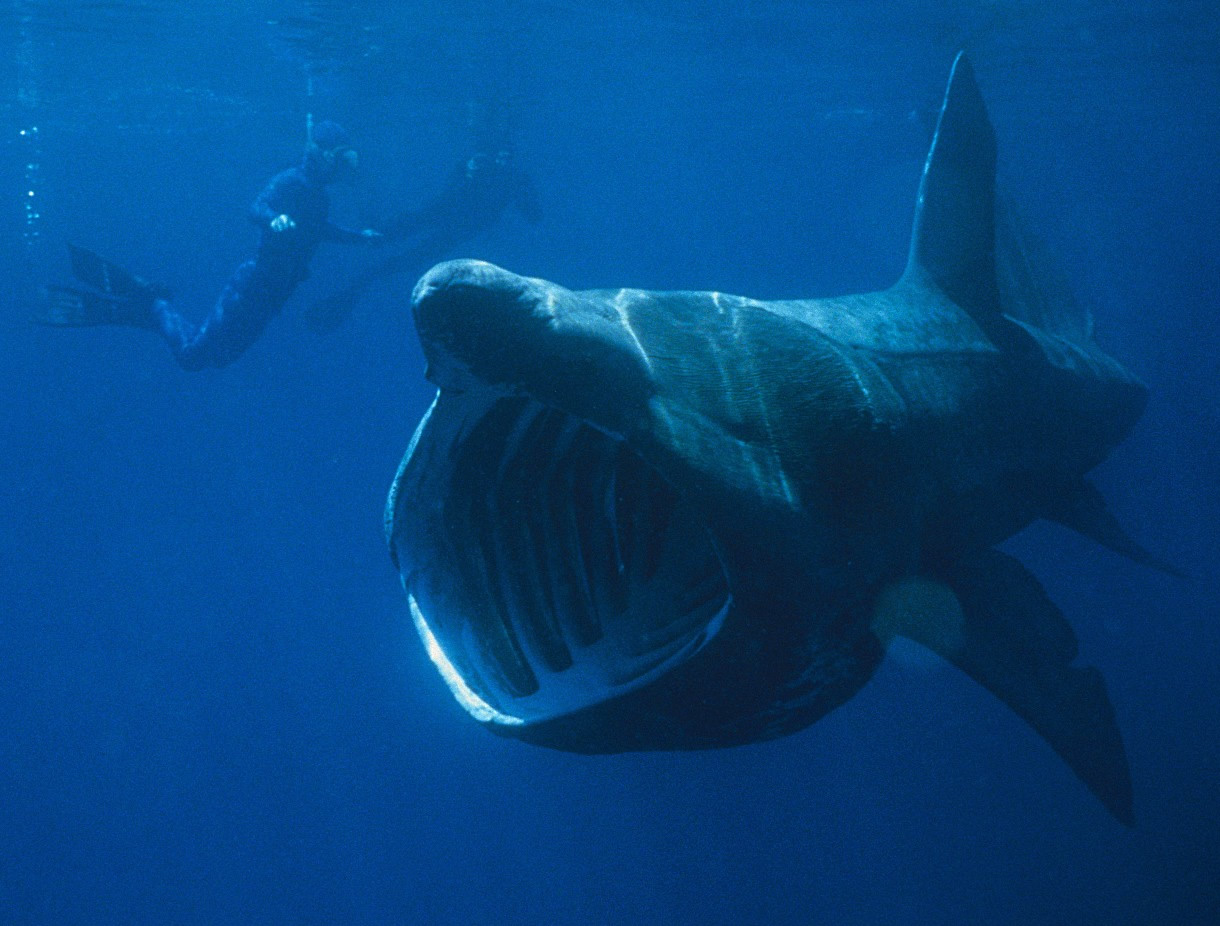
The second biggest fish in the world is also a harmless plankton feeder. The Atlantic population of this vast fish (up to 10 metres long) feed off Scotland and Scandinavia and then migrate south in the winter to the waters around the Canary Islands and Madeira. They stay well offshore and are rarely seen. In fact, it was only after scientists tagged a few Scottish basking sharks a few years ago that e found out that these inoffensive monsters spend months around the Canaries every year.
To see a basking shark in Gran Canaria you'd need to be sailing well offshore during the winter and to be very lucky.
Timeshare Shark (pestus whereyoufromus)

The only species of shark that preys on tourists close to beaches in Gran Canaria is the timeshare shark. Known for their persistent hunting technique and fin shaped like a clipboard, timeshare sharks hunt in packs and try and lure unsuspecting tourists away from the crowd.
Fortunately, timeshare sharks are only dangerous if you give them the chance to bite. They are also territorial and only hang around close to their little desks. To escape from a timeshare shark attack, just keep looking straight ahead and walk past.
Angel Shark (Squatina squatina)
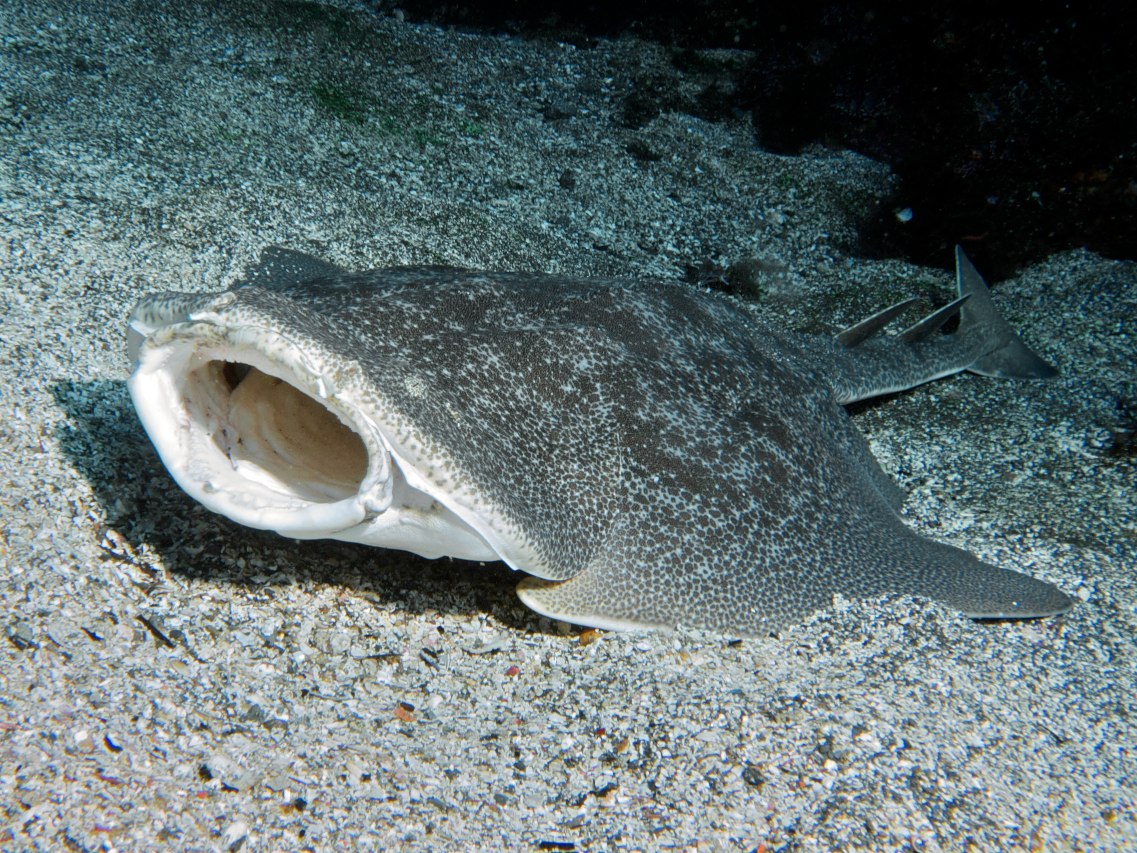
The Angel shark looks like a ray because it has a flattened body but is actually a true shark. It lives on sandy bottoms close to the shore and used to be common all over Europe and the Mediterranean. However, intensive trawling has decimated the population and the Canary islands are one of the few places where it is still abundant.
Good places to spot an Angel shark are Sardina del Norte in north-west Gran Canaria and Taurito beach in the south.
Shortfin Mako Shark (Isurus oxyrinchus)
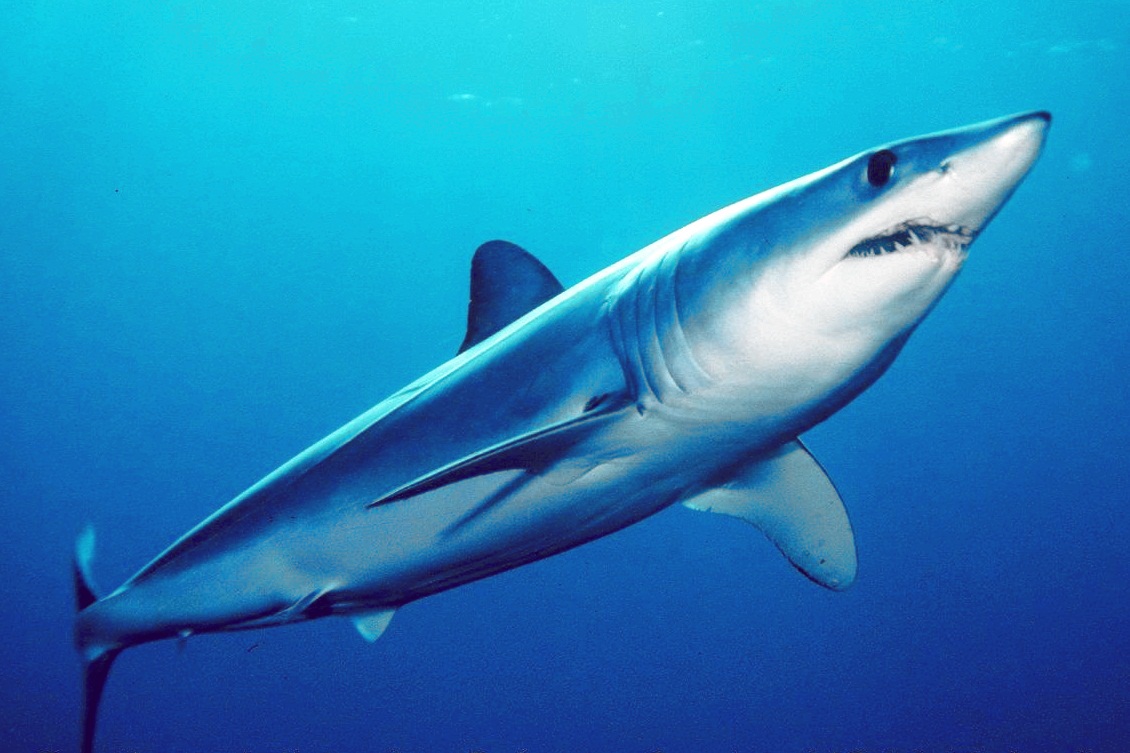
Makos are one of the shark species that are potentially dangerous to swimmers. However, they rarely approach the coast in Gran Canaria and most sightings are of little ones (big ones get to four metres).
Makos are easy to recognize thanks to their point snout and half-moon shaped dorsal fin. They are mostly oceanic but do sometimes come close to shore.
Common Smooth-Hound (Mustelus mustelus)
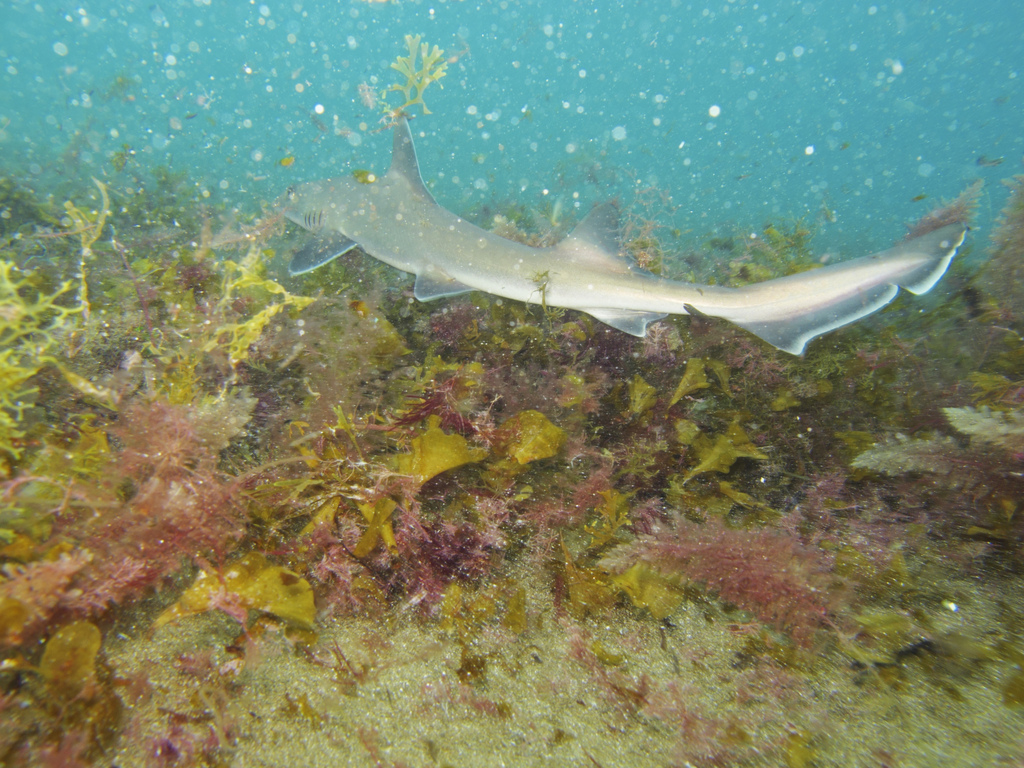
If you see a small shark close to a beach in Gran Canaria, it is almost guaranteed to be a common smooth-hound. These tiny sharks only reach lengths of 150 centimetres and their mouths are too small to bite people.
They do come close to shore in the late summer to breed and you sometimes find them swimming underneath surf breaks.
If you are surfing at La Cicer in late August and September, keep an eye out as common smooth-hounds visit every year.
Hammerhead Shark (Sphyrna zygaena)
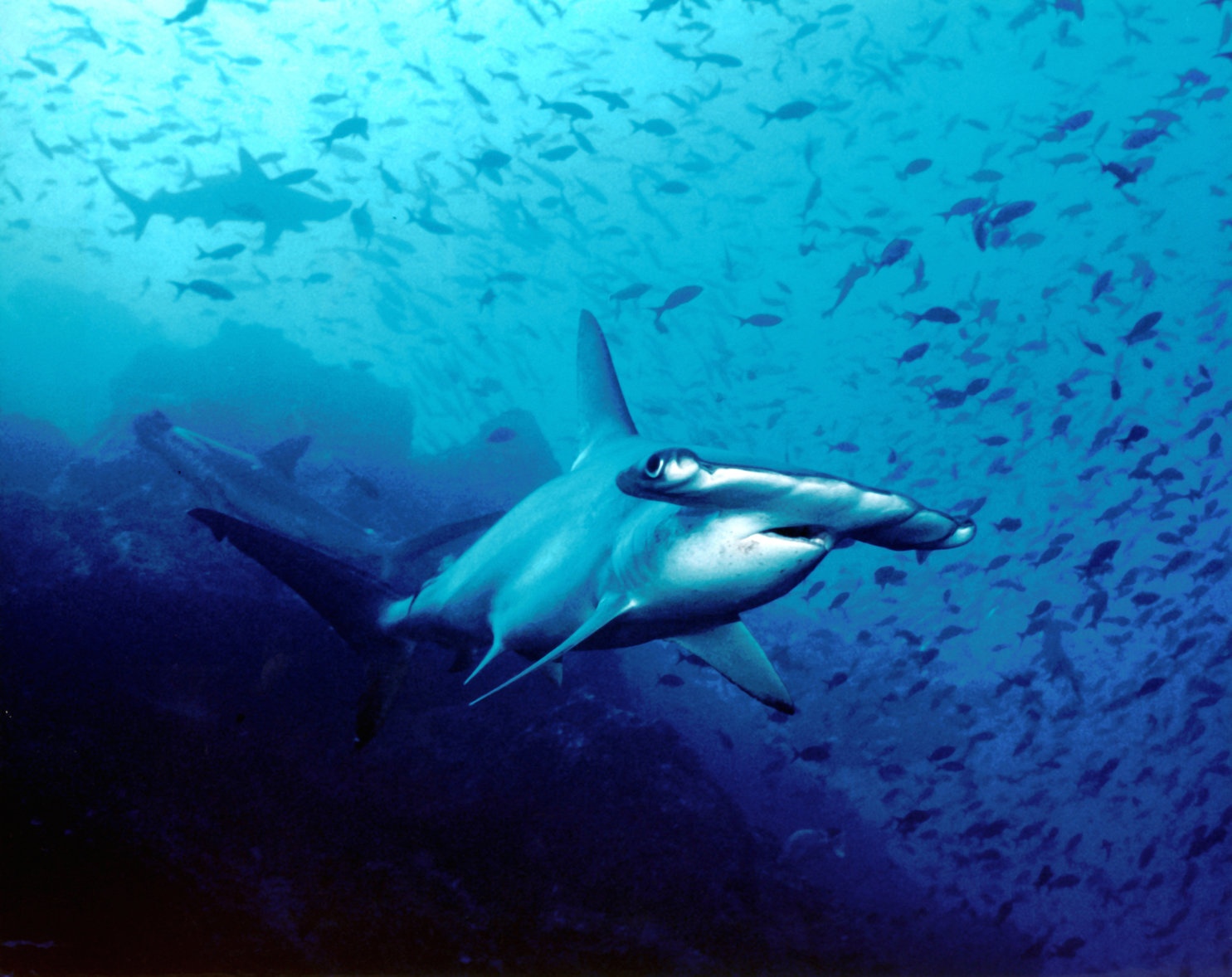
You have to feel a bit sorry for the hammerhead shark. It has a completely undeserved reputation for being a maneater and its global population has been decimated by overfishing. Hammerheads are in fact fish-eaters and completely harmless to people.
They are still reasonably common in parts of the Canary islands and are sometimes seen from inter-island ferries.
The great white (Carcharodon carcharias)
Great white sharks live in the deep waters around the Canary Islands and Cape Verde islands but don't approach the shore because there are no seals or penguins for them to hunt. They appear to use Canarian waters to breed and even though huge great whites have been caught by fishing boats in Gran Canaria, sightings close to shore are extremely rare.


